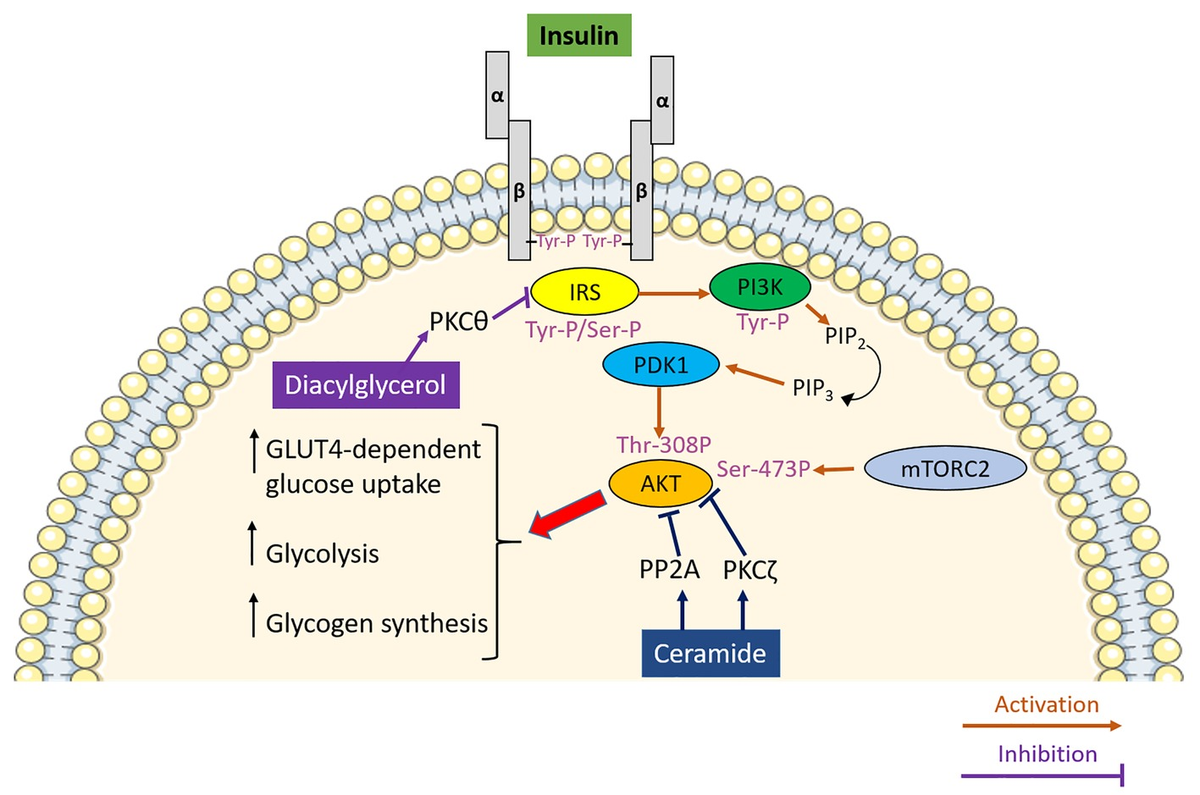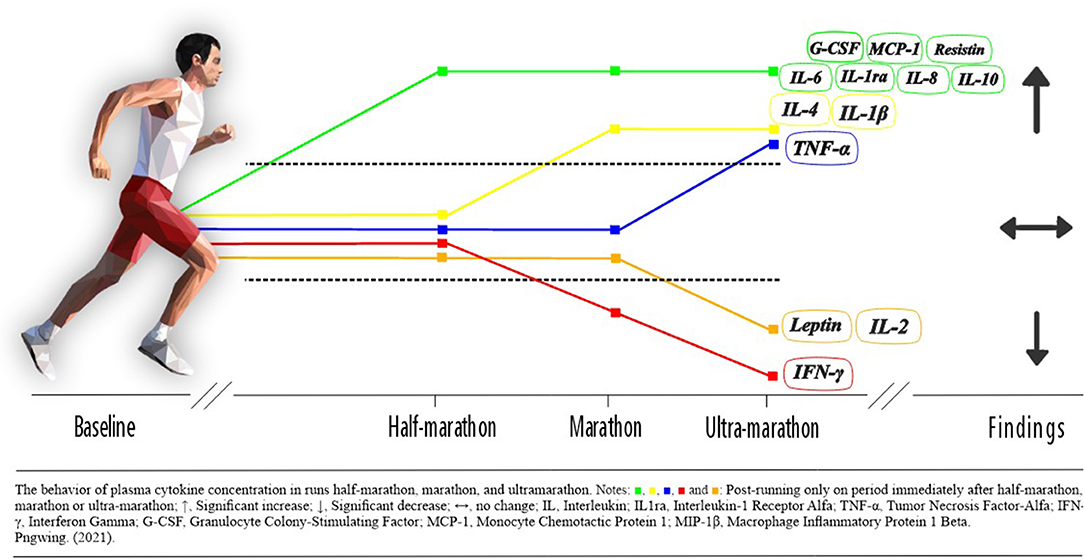Hello, this is Dr. Cho. Many people find exercise incredibly difficult to incorporate into their lives. It's not necessarily that they hate it, but starting feels overwhelming—like exercise is in another world entirely. If this sounds like you, you're not alone. However, ignoring exercise is a mistake you can't afford to make. There are compelling reasons why we must prioritize it, especially for those dealing with conditions like diabetes, hypertension, obesity, or metabolic syndrome.
For individuals with metabolic issues, relying solely on medication to "manage" symptoms isn't enough. Management isn't true treatment; it's about restoring your body's original functions for genuine health. Taking pills might normalize numbers like blood pressure, blood sugar, or cholesterol on paper, but that doesn't equate to being truly healthy. You need to internalize this deeply—feel it in your bones—and commit to change. This means adopting a healthy diet, prioritizing sleep, and managing stress. Yet, many people draw the line at exercise, saying, "I don't have time, it's too hard, or it just doesn't suit me. Can't I excel at everything else and skip this one?"
This mindset is flawed. Imagine a high school student preparing for a major exam where Korean, English, and math are key subjects. They might say, "I'm great at Korean and math, but English doesn't suit me. Can I skip it and still score well?" Of course not—that's a recipe for failure. Similarly, for metabolic disorders like diabetes, hypertension, and high cholesterol, the "core subjects" are lifestyle habits: diet, sleep, exercise, and stress management. None can be omitted. In fact, exercise might be the most critical because it acts as a powerful buffer, offsetting shortcomings in the others.
Life isn't perfect. We all face stress, indulge in unhealthy foods occasionally, or skimp on sleep. Exercise helps compensate for these lapses, making it the ultimate problem-solver for metabolic health.
Consider two people in high-stress jobs or situations. One regularly enjoys exercise, with their body adapted to it over time. The other avoids it entirely. Who do you think stays healthier? The answer is obvious: the consistent exerciser. Importantly, this isn't about starting exercise abruptly during a crisis—that could add more stress. Instead, building exercise as a lifelong habit from a young age is a tremendous blessing. Many of us grew up focused on academics, and as adults, our leisure often revolves around less healthy activities like drinking. But it's never too late to adopt at least one enjoyable form of exercise.
Another example: Even if two people eat poorly, the one who exercises regularly gains less weight, experiences less depression, and maintains better overall condition. Exercisers also sleep better—a body that's been active all day rests more soundly at night. In essence, exercise mitigates the imperfections of daily life, from stress to dietary slips.

group of people enjoying outdoor exercise, highlighting the social and enjoyable aspects of physical activity for health.

Diverse group running together, demonstrating accessible and fun exercises that support metabolic well-being.
To understand why exercise is indispensable, let's delve into the science. Insulin resistance occurs when cells stop responding properly to insulin, leading to excess sugar circulating in the blood. This damages blood vessels, triggers inflammation, and raises cholesterol levels as the body tries to repair the harm. Most cells eventually reject the excess sugar brought by insulin, but fat cells accept it, storing it as a survival mechanism: "Store this now, or our vessels fail—we'll use it later." However, if we don't burn it off, fat accumulates, and over time, even fat cells rebel. They become damaged by oxidation and start secreting inflammatory cytokines like TNF-alpha (tumor necrosis factor-alpha).
TNF-alpha is a potent inflammatory protein, originally involved in processes like destroying tumor cells. In obesity, overloaded fat cells produce more of it to block insulin's action and protect themselves. This elevates overall inflammation, worsening insulin resistance, raising cholesterol, and increasing risks for conditions like thyroid disorders, endometriosis, ovarian cysts, and cancer—all tied to inflammation or hormonal imbalances. Diabetics, for instance, face a much higher cancer risk due to this cycle.
Obese individuals often show elevated TNF-alpha levels, contributing to metabolic disturbances and immune activation. While some studies on neutralizing TNF-alpha have mixed results for improving insulin resistance, its role as a link between obesity, inflammation, and conditions like elevated PAI-1 (a clotting factor) is well-established.
Exercise counters this through myokines—anti-inflammatory molecules produced by muscles during physical activity. Myokines, such as those with anti-inflammatory properties, directly oppose TNF-alpha by binding to it and preventing it from interfering with insulin. They regulate metabolism, improve insulin sensitivity, and reduce inflammation in the muscle itself, effectively combating TNF-driven insulin resistance. Larger muscle groups, like those in the thighs, produce more myokines, which is why stronger leg muscles correlate with lower diabetes risk. Additionally, exercise activates the brain's frontal lobe, suppressing the sympathetic nervous system (fight-or-flight) and boosting the parasympathetic (rest-and-digest), which helps lower blood pressure.
Weight loss isn't the primary goal of exercise—it's a byproduct. The real aim is addressing the root: reducing blood sugar, pressure, cholesterol, and fat simultaneously.

Diagram illustrating the systemic mechanisms of insulin resistance involving glucose, lipids, and organs.

Cellular-level view of insulin resistance, showing ER stress, mitochondrial dysfunction, and related pathways.

Graph depicting changes in inflammation markers like C-reactive protein with increasing physical activity levels.

Line graph showing effects of exercise intensity on cytokines such as IL-10 and TNF-alpha.
Just as we've learned that what we eat profoundly affects our genes, metabolism, and hormones, the same awakening is needed for exercise. If you're among those avoiding it, please reconsider—it's as effective as a nutritious diet in combating metabolic issues. However, not all exercise is equal. Intense or improper routines can backfire, worsening insulin resistance, raising blood pressure, or disrupting blood sugar, especially as metabolism and hormones shift after age 40. Teens and young adults can handle more intensity, but later in life, approaches must adapt.
In future discussions, we'll explore cases where exercise harms the body, age-appropriate routines, and options even for those who dread it. Don't miss out—your health depends on it. Thank you.
```